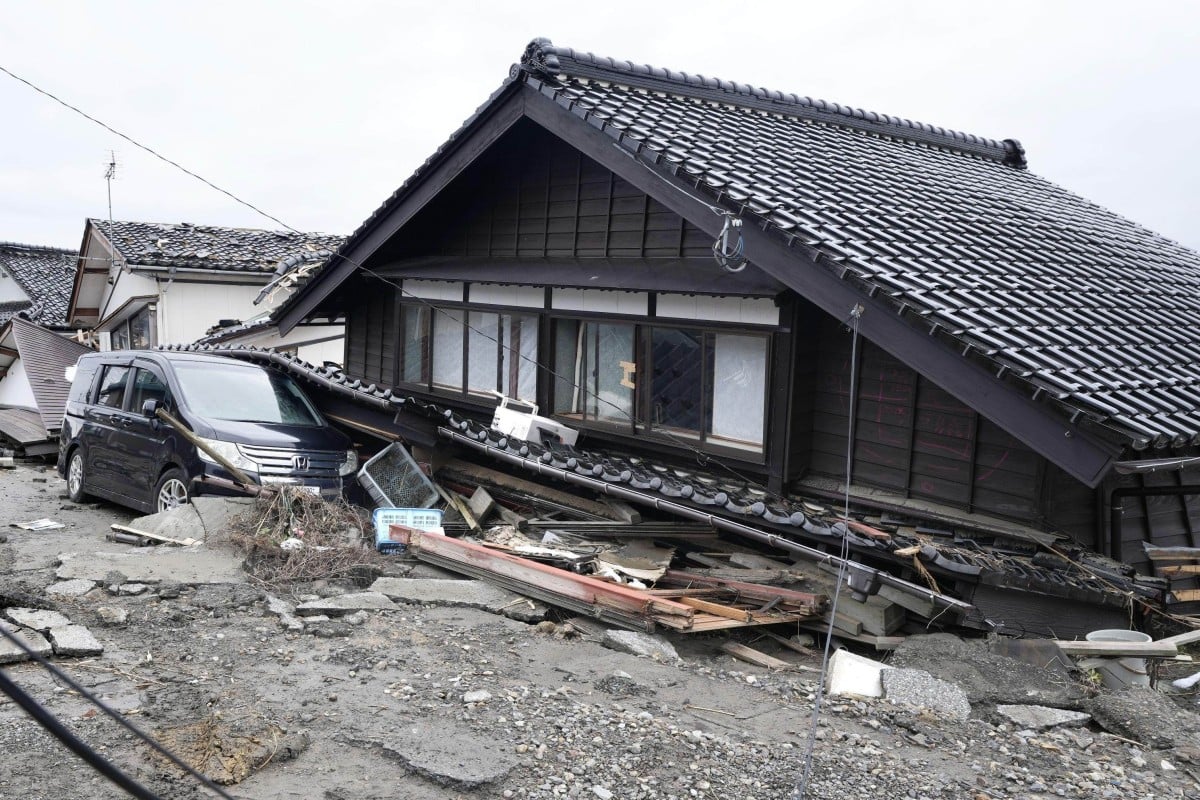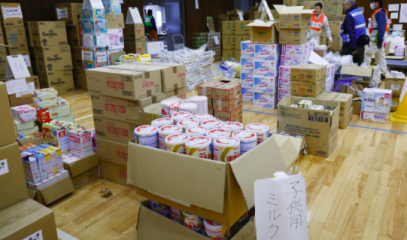Unprepared for mothers and children: the harsh lesson of the Noto earthquake
The slow response to the earthquake left at least 30 victims trapped in the cold, waiting to be rescued. Furthermore, a government report reveals that many Japanese municipalities, not just those affected by the earthquake, lack emergency supplies for pregnant women and newborns.
Tokyo (AsiaNews/Agencies) - In many Japanese municipalities there is a lack of emergency supplies for young pregnant women, for new mothers who are breastfeeding and for children themselves.
This was revealed by a government study that reflects a country in the midst of demographic winter and with a clear gender disparity even in decision-making roles in the field of emergency coordination: in fact, in 61.1% of local administrations there is not even a single woman in disaster prevention and crisis management departments.
According to the study conducted in all 1,741 municipalities in the country, only 14.3% had stockpiled baby food, while 0.5% had maternity clothes. These elements take on greater severity following the earthquake on the first of the year - of magnitude 7.6 - which hit the Ishikawa prefecture, in central Japan, causing 238 deaths and more than 14 thousand people who are still displaced and living in centers reception for over a month.
Although they received humanitarian aid, the report found that 82.5% of emergency kits contained sanitary pads, but only 11.9% had women's underwear. While 72.5% provide artificial milk for newborns, but only 14.3% have the food necessary for weaning children up to six months. And only 2 out of 3 municipalities have diapers in stock.
One of the most serious elements that emerged from the study is that only 6.4% of Japanese administrations have personal warning devices - such as whistles - for those trapped under a collapse caused by an earthquake.
A tragically fatal figure in the latest earthquake where more than 30 people died of hypothermia or froze while under collapsed buildings. Deaths that could have been at least partially avoided according to a disaster mitigation expert if the government had included devices in emergency kits and reacted more quickly to the disaster.
In total, 19 people are still missing and their bodies are being searched for, but at least 32 have frozen to death while waiting for rescue teams. The police reported this following the autopsies on the bodies. Most were in the coastal cities of Wajima and Suzu on the prefecture's northern coast, which bore the brunt of the earthquake and subsequent tsunami.
The first 72 hours after any natural disaster are considered the critical window for recovery efforts, as survival rates decline significantly after that period, according to Takeshi Sagiya, professor at the Research Center for Seismology, Volcanology and Disaster Mitigation Nagoya University disasters.
He added: “The government and emergency services must learn lessons from the disaster. We need to develop an automated system that transmits all critical data to emergency services so they can respond quickly and save as many lives as possible."
The earthquake of January 1st was one of the most powerful to occur in Japan in recent years and was a large earthquake even when compared to the Kumamoto earthquake in 2016 and the Kobe earthquake in 1995.
The objective is at least not to repeat the mistakes of the past, given that in some areas of the isolated Noto peninsula water may not be restored for another two months, increasing the risks for those living in cramped evacuation centers where authorities say respiratory infections and gastroenteritis.
The bitter cold also poses an additional challenge, especially for dozens of residents sleeping in their cars. According to public health experts, more than 900 people had died after the devastating 1995 Kobe earthquake, due to influenza and a lack of medical care in evacuation centers.








.png)










